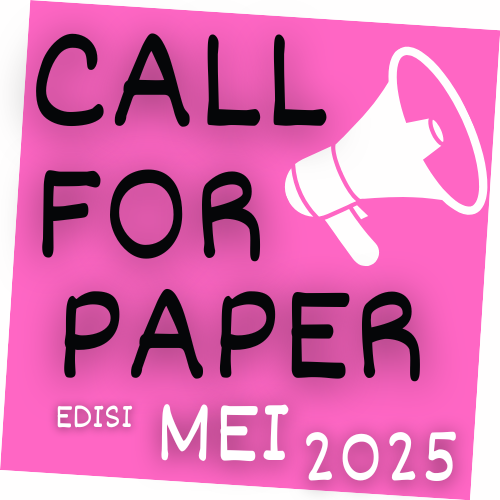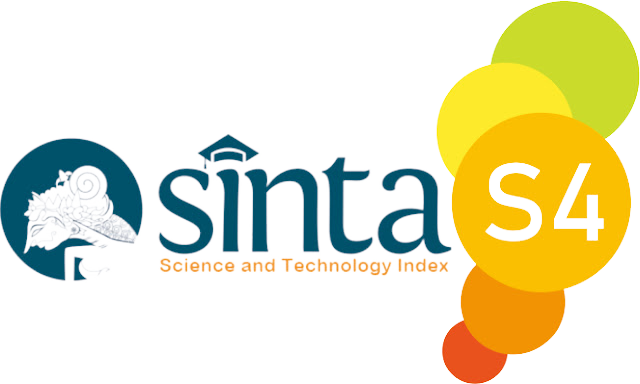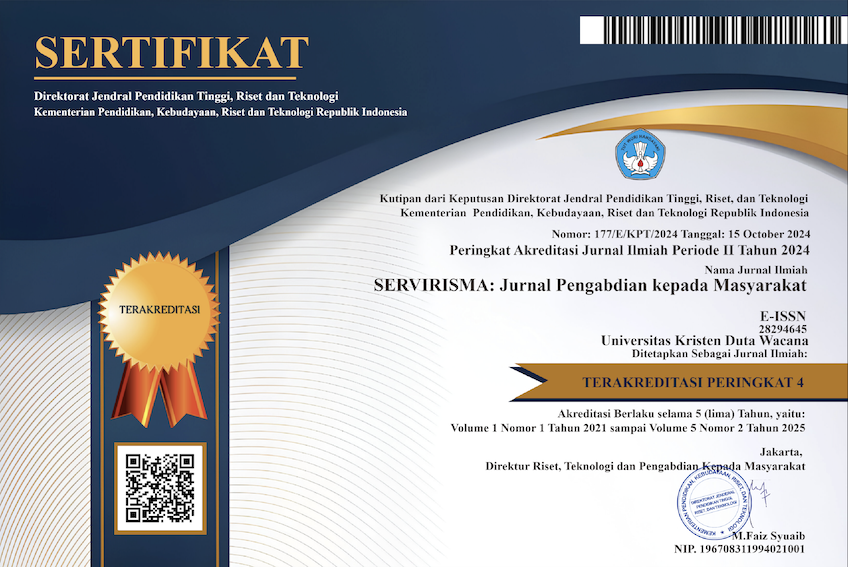MINI-WORKSHOP UNTUK MENGURANGI SAMPAH PAKAIAN MENJADI KERAJINAN TAS DI KALURAHAN BENER, KEMANTREN TEGALREJO, KOTA YOGYAKARTA
DOI:
https://doi.org/10.21460/servirisma.2022.22.20Keywords:
waste bank, craft bags, clothing waste, recycle, crochet bagsAbstract
Garbage is a major problem in urban areas that has not been fully resolved. Along with an increasingly consumptive lifestyle, there will be an increase in the amount of waste. Another thing that drives the increase in the amount of waste in urban areas is changing trend rapidly of clothing, which contributes to the increase in the amount of clothing waste. This condition prompted the Amikom team together with the Bener Faskel, Head of Bener Village, the BERAMAL (Environmentally Friendly) management, the Head of the Citizens Association and the Chair of the Pokja IV PKK to make waste management innovations. The purpose of this activity is to solve the problem of clothing waste to improving the quality of the environment. The result of this community activity is a training activity to convert clothing waste into crochet bags and wallet. The output of this community activity is increasing the skills of the waste bank administrators to turn clothing waste into more useful goods. The conclusion of this activity: (1) Garbage from non-natural fibers is anorganic waste that cannot be collected in the waste bank. There needs to be a recycling activity so that the waste can be more useful, (2) One of the recycling activities from clothing waste management is derivative products such as crochet bags and wallets (3) Mini workshops will run effectively for 2 hours because participants have been provided with materials by video tutorials, and (4) this mini workshop makes the value of clothing waste more useful.
References
Amalia, F.N. (2020). Peran Pengelola Bank Sampah Ramah Lingkungan (RAMLI) Dalam Pemberdayaan Masyarakat di Perumahan Graha Indah Kota Samarinda. Jurnal Program Studi Pendidikan Masyarakat Universitas Mulawarman Vol. 1 No. 2, Desember 2020. Hal: 18-22.
Badan Pusat Statistik Kota Yogyakarta. 2020. Kecamatan Tegalrejo Dalam Angka Tahun 2020. Yogyakarta: Badan Pusat Statistik.
CNN. (2022). Upcycling, Tampil Gaya dengan Baju Lama Sambil Kurangi Sampah Busana, CNN. Diakses tanggal 19 September 2022 dari https://www.cnnindonesia.com/gaya-hidup/20220426032003-277-789613/upcycling-tampil-gaya-dengan-baju-lama-sambil-kurangi-sampah-busana
Dlhk. 2019. Limbah Domestik. https://dlhk.jogjaprov.go.id/limbah-domestik
Faizah. 2008. Pengelolaan sampah rumah tangga berbasis masyarakat : studi kasus di Kota Yogyakarta. Tesis. Magister Ilmu Lingkungan. Universitas Diponegoro. Semarang.
Ismawati, A. (2016). Gambaran Partisipasi Masyarakat Dalam Pengelolaan Sampah Pada Bank Sampah Ukm Mandiri Di Rw 002 Kelurahan Tamamaung Kecamatan Panakkukang Kota Makassar. Jurnal Kesehatan Maysarakat Vol 2 No 2.
Peraturan Pemerintah Republik Indonesia No 101 Tahun 2014 Tentang Pengelolaan Limbah, Bahan Berbahaya dan Beracun.
Perda Kota Yogyakarta no.1 tahun 2012 tentang Pengelolaan Lingkungan Hidup.
Perda Kota Yogyakarta no.10 tahun 2012 tentang Pengelolaan Sampah.
Permen LH no.13 tahun 2012 tentang pedoman pelaksanaan reduce, reuse, dan recycle melalui bank sampah.
Putra, HP dan Yuriandala, Y. 2010. Studi Pemanfaatan Sampah Plastik Menjadi Produk dan Jasa Kreatif. Jurnal Sains & Teknologi Lingkungan (JSTL) Vol 2, No 1.
Putra, HP; Damanhuri, E; Sembiring, E. 2018. Integration of formal and informal sector (waste bank) in waste management system in Yogyakarta, Indonesia. MATEC Web Conf.Volume 154, 2018. The 2nd International Conference on Engineering and Technology for Sustainable Development (ICET4SD 2017). https://doi.org/10.1051/matecconf/201815402007
Republika. (2020). Limbah Tekstil Dominasi Tumpukan Sampah di Laut, Republika. Diakses tanggal 19 September 2022 dari https://www.republika.co.id/berita/qf7scv463/limbah-tekstil-dominasi-tumpukan-sampah-di-laut
Riswana, I; Rukmana, D; Bulkis, S. (2018). Strategi Pengembangan Bank Sampah Di Kabupaten Pati. Jurnal Litbang Vol. Xiv, No. 1, Juni 2018: 68-80 .
Rhoads, R. A. (1997). Community service and higher learning: Explorations of the caring self. New York: State University of New York Press.
Selomo, M; Birawida A.B; Mallongi, A; Muammar. (2016). Bank Sampah sebagai Salah Satu Solusi Penanganan Sampah di Kota Makassar. Jurnal MKMI, Vol. 12 No. 4, Desember 2016.
Sistem Informasi Pengelolaan Sampah Nasional. (2022). Capaian Kinerja Pengelolaan Sampah. Dikutip dari https://sipsn.menlhk.go.id/sipsn/
Vogelgesang, L. J., & Astin, A. W. (2000). Comparing the effects of community service and service-learning. Michigan Journal of Community Service Learning, 7(1), 25-34.
Utami, K; Rialmi, Z; Nugraheni, R. (2022). Analisis Perencanaan Aplikasi Bank Sampah Digital Studi Kasus Pada Bank Sampah Solusi Hijau. Jurnal Penelitian Manajemen Terapan Penataran Vol.7 No.1
UU Nomor 18 Tahun 2008 tentang Pengelolaan Sampah.
Widyati, S; Meidiana, C; Sari, K.E. (2022). Efektivitas Dan Efisiensi Bank Sampah Induk Surabaya. Planning for Urban Region and Environment Journal Vol. 11 No.2
Downloads
Published
How to Cite
Issue
Section
License
Copyright (c) 2022 Vidyana Arsanti

This work is licensed under a Creative Commons Attribution-NonCommercial-NoDerivatives 4.0 International License.
Authors who publish articles in SERVIRISMA agree on the following rules:
1. The author grants non exclusive royalty free rights, and is willing to publish articles online and complete (full access). With such rights SERVIRISMA reserves the right to save, transfers, manages in various forms, maintains and publishes articles while keeping the author's name as the copyright owner.
2. Each author contained in the article has contributed fully to the substance and intellectual, and is accountable to the public. If in the future there is a copyright infringement notification then this will be responsibility of the author, not SERVIRISMA .









